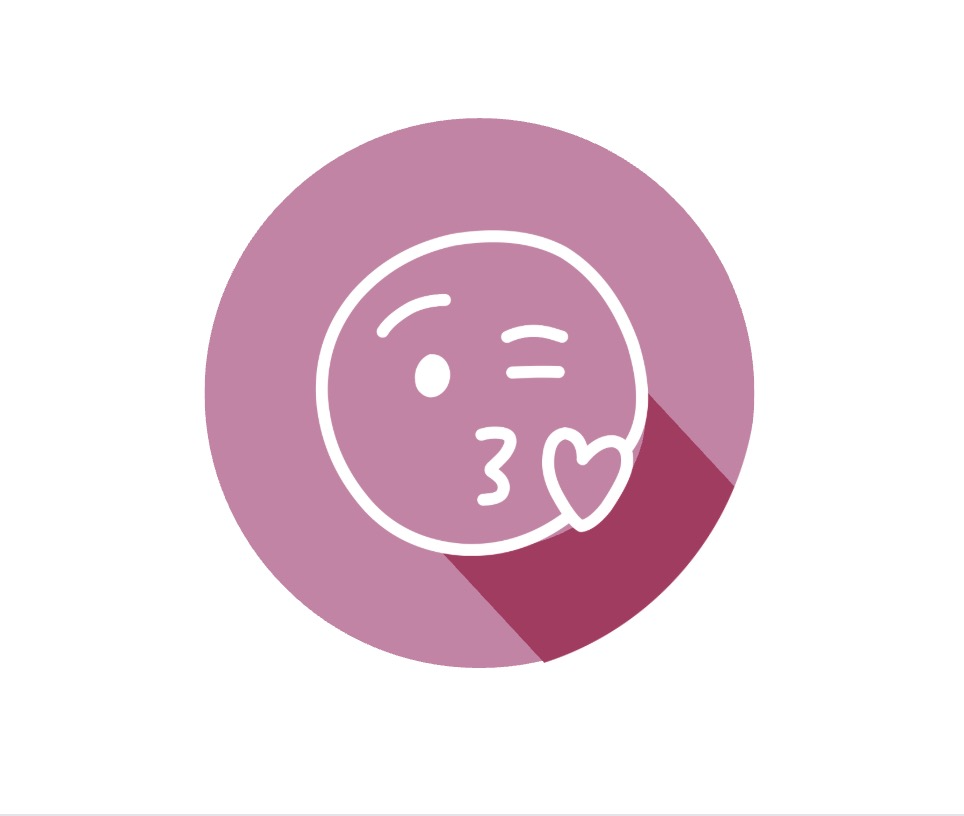It’s June 22nd, 2015. Chevrolet sends out a press release to announce the reveal of the new Cruze. But guess what? It’s all written in emojis🤔 No words, just funny pictures (some even made up by Chevy, like its own “bow tie” logo.) The goal was to appeal to the younger generation of buyers. But that backfired, as it was a real struggle to make sense of it until they provided a ‘translation’ - the standard press release using English written words.
Nobody can deny the popularity and impact of emojis in modern digital communication, from social media to email, SMS and websites. The current version 16.0 of the emoji encyclopaedia (Emojipedia.org) boasts 3790 pictographs and is constantly growing (Unicode.org 2024). In the last ten years, almost 22% of global tweets (close to 3 billion) contained at least one emoji! And 92% of the world's online population uses emojis (Daniel 2021).
Posted in Research, Archive
published on Tuesday, 26 August 2025
Grabbing market attention with the unexpected
How many famous accidental product discoveries are you aware of? There’s plenty to fill history books.
Let’s take Post-it Notes: the result of 3M scientist Spencer Silver’s failed attempt to create a stronger adhesive for the aerospace industry. Instead, he ended up creating a weak adhesive that could easily be removed without residue. And voila! A ‘mistake’ that we all use daily.
What about the miracle ingredient in the SK-II skincare line? It was discovered as a result of a chance encounter in the 1970s inside a Japanese sake brewery. Despite their old age, employees maintained remarkably soft and youthful hands after constant handling of fermented sake “mash”. Scientists used this observation and a naturally derived liquid that revolutionized skincare.
Posted in Research, Archive
published on Tuesday, 01 July 2025
In the world of consumer psychology, variety-seeking behavior is the tendency of people to look for new and diverse products, services, or experiences. It plays a significant role in how customers decide to buy products and services, but this behavior tends to shift depending on the time of day.
Have you ever wondered why McDonald’s rotates its menus or why Amazon has Lightning Deals that offer huge discounts at certain hours of the day? They don’t do all that for no particular reason. These are strategies influenced by the psychology of seeking variety.
In this article, we’ll cover the importance of variety-seeking behavior and the psychological concept behind it. We’ll also discuss tips you can try to use this principle to improve your marketing and sales efforts.
Posted in Research, Archive
published on Tuesday, 20 May 2025
You're in a cozy café at lunch time. You suddenly surprise yourself by paying notice to the sounds of chirping birds and flowing water. You feel more grounded, calm, connected. You skip the plastic straw (although you know it does a better job) and opt for the vegan muffin. That serene atmosphere? It's not just setting the mood. It's quietly guiding your choices. A shift in your brain’s decision-making process has just taken place.
Posted in Research, Archive
published on Wednesday, 23 April 2025
You’re sitting in a movie theater, popcorn in hand, as the lights dim. The first trailer plays, and you lean over to your friend, whispering, “That looks terrible.” The next one flashes across the screen, and you nod, “I’d watch that.” But does what you say out loud match what your brain is thinking?
A recent study suggests your brain may be a better predictor of movie success than you are. The study by Boksem et al. (2024) explored whether Electroencephalography (EEG), a tool that measures brain wave activity, can be a predictor of market-level success, particularly in advertising. Researchers used EEG to measure brain activity while people watched trailers, finding that gamma waves—linked to comprehension and cognitive engagement—were the strongest predictor of box office performance. This means the movies that activate certain brain signals, regardless of what viewers claim to like, are the ones more likely to succeed.
Posted in Research, Archive
published on Monday, 10 March 2025





